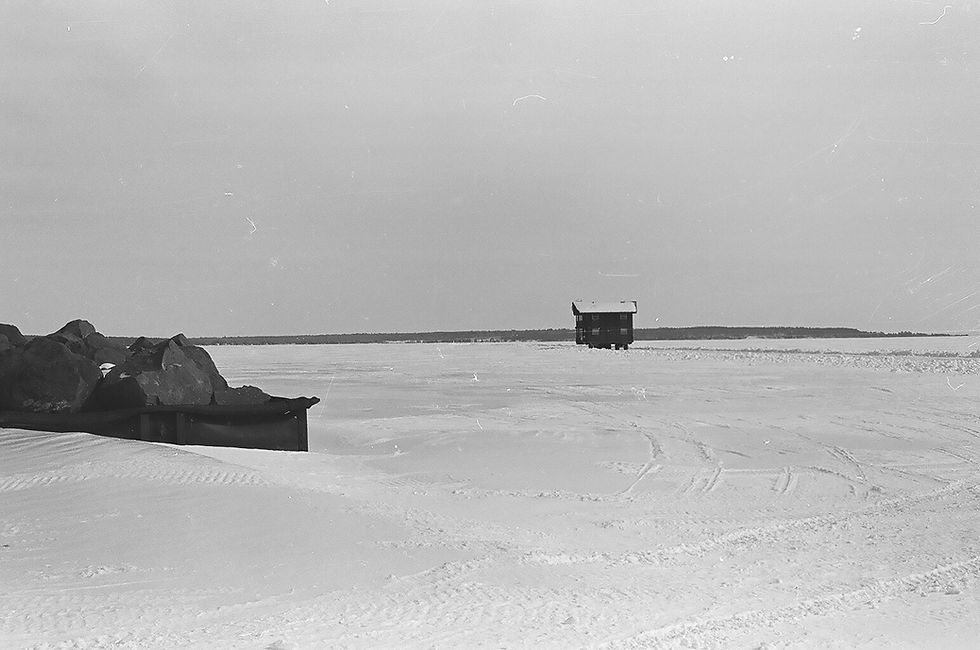Sam Altman wants to build a nuclear reactor in Idaho based on the research done at the INL's Experimental Breeder Reactor II
- Rocky Barker

- Sep 27, 2024
- 2 min read
Updated: Oct 28, 2024

Energy Secretary Jennifer Granholm looks at fuel recycling facilities and liquid metal experiments at Oklo's lab at Argonne National Laboratory in Illinois. ANL has been a pioneer in nuclear reactor research.
AI innovator Sam Altman is in the nuclear reactor business and he just made a deal to study building a next-generation plant in Idaho.
Oklo announced it had negotiated a memorandum of agreement with the Department of Energy (DOE) to conduct site inspections for its planned nuclear reactor in Idaho.
The agreement allows the nuclear company Altman owns to conduct site preparation and construction at the Idaho National Laboratory. Oklo is the only company with a DOE site use permit.
The announcement comes less than a year after NuScale and a series of small utilities in Utah and Idaho, who had agreed to purchase power from the a reactor project, mutually decided to terminate it. Since NuScale is the only U.S. developer with a design approved by the Nuclear Regulatory Commission, for a small modular reactor, the termination was considered a major setback for the next generation of nuclear power.
But Altman has another idea.
.Sam Altman wants to use his Oklo small modular reactors, which would be built in factories and moverd on site to offer independent power sources for data centers. That way there wouldn’t be competition with local communities for energy and avoid the bottlenecks of the grid.
“Our 24/7 clean energy solution can provide the power to unlock the benefits of AI and cloud computing," Oklo said in a job posting.
If Altman could pull this off he would bring nuclear technology full circle. It was in Idaho and the national lab that the first reactor to power a city was built in the 1950s.
More specifically the small modular reactor technology is based on research conducted at Experimental Breeder Reactor II at the INL. Charles Till headed the team of researchers who were seeking to rebuild the nuclear industry after the Three Mile Island disaster.
I watched on April 3, 1986, when the a fundamental test of the inherent safe reactor technology was conducted. The scientists at Argonne National Laboratory turned off the cooling system, stopping the flow of coolant to the metal fueled reactor. It was the loss of coolant that led to the meltdowns at Three Mile Island, Chernobyl and Fukijima.
So when the nuclear reactor slowly shut itself off without raising the temperatures or damaging the core it was a breakthrough for industry. Altman’s reactors are built based on the concept, metal fuels and sodium cooled. Even more like Argonne’s research, the modular reactors will be breeders that produce their own fuel and will recycle it right at the site.
So why hasn’t this happen before now?
The same day of the Argonne tests, the Chernobyl nuclear reactor in Ukraine began melting down. The disaster set the nuclear industry back so few plants, and no next generation plants were built.
The new generation of nuclear power, now urgently needed because of climate change, comes too late for Dr. Till. He died in Idaho Falls in March after laying the groundwork for the future.




Comments